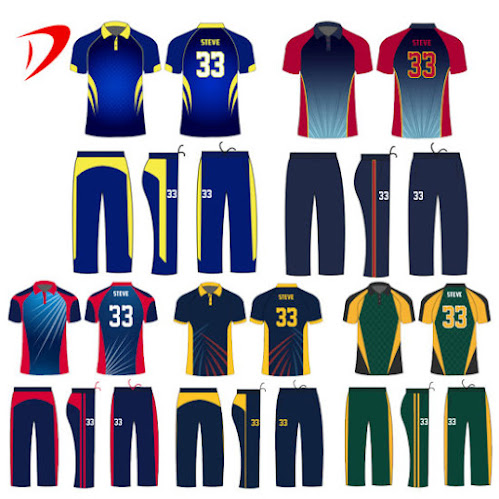Clothing and equipment
The wicket keeper (the specialized field player behind the batter) and batsmen wear protective gear due to the hardness of the ball, which can travel at speeds in excess of 145 kilometers per hour (90 mph) and pose a serious health and safety concern. anxiety. Protective clothing includes pads (designed to protect knees and shins), batting or hand protection gloves, a helmet for the head, and a box for male players inside the trousers (to protect the crotch area). Some test takers wear extra padding under their shirts and pants, such as thigh pads, armrests, rib pads, and shoulder pads. The only fielders allowed to wear protective equipment are those in positions very close to the striker (that is, if they are near or in front of him), but they cannot wear gloves or external leg guards.
With some modifications, field clothing usually includes a collared shirt with short or long sleeves; long pants; wool pullover (if necessary); cricket cap (for playing on the field) or safety helmet; and spiked shoes or boots for increased traction. The uniform is traditionally all white and this remains the case in test and first class cricket, but limited overs cricket uses team colors instead.

Comments
Post a Comment